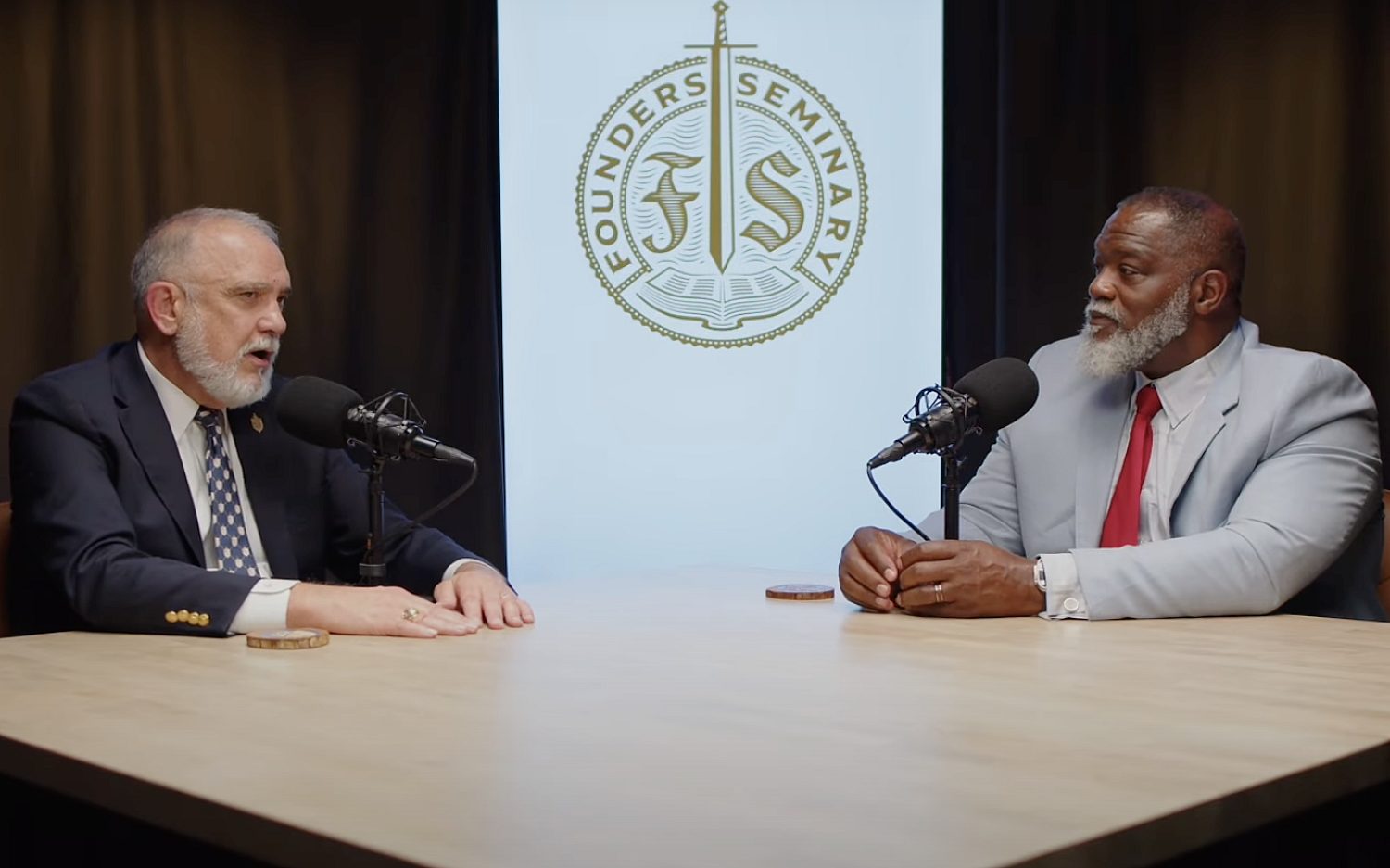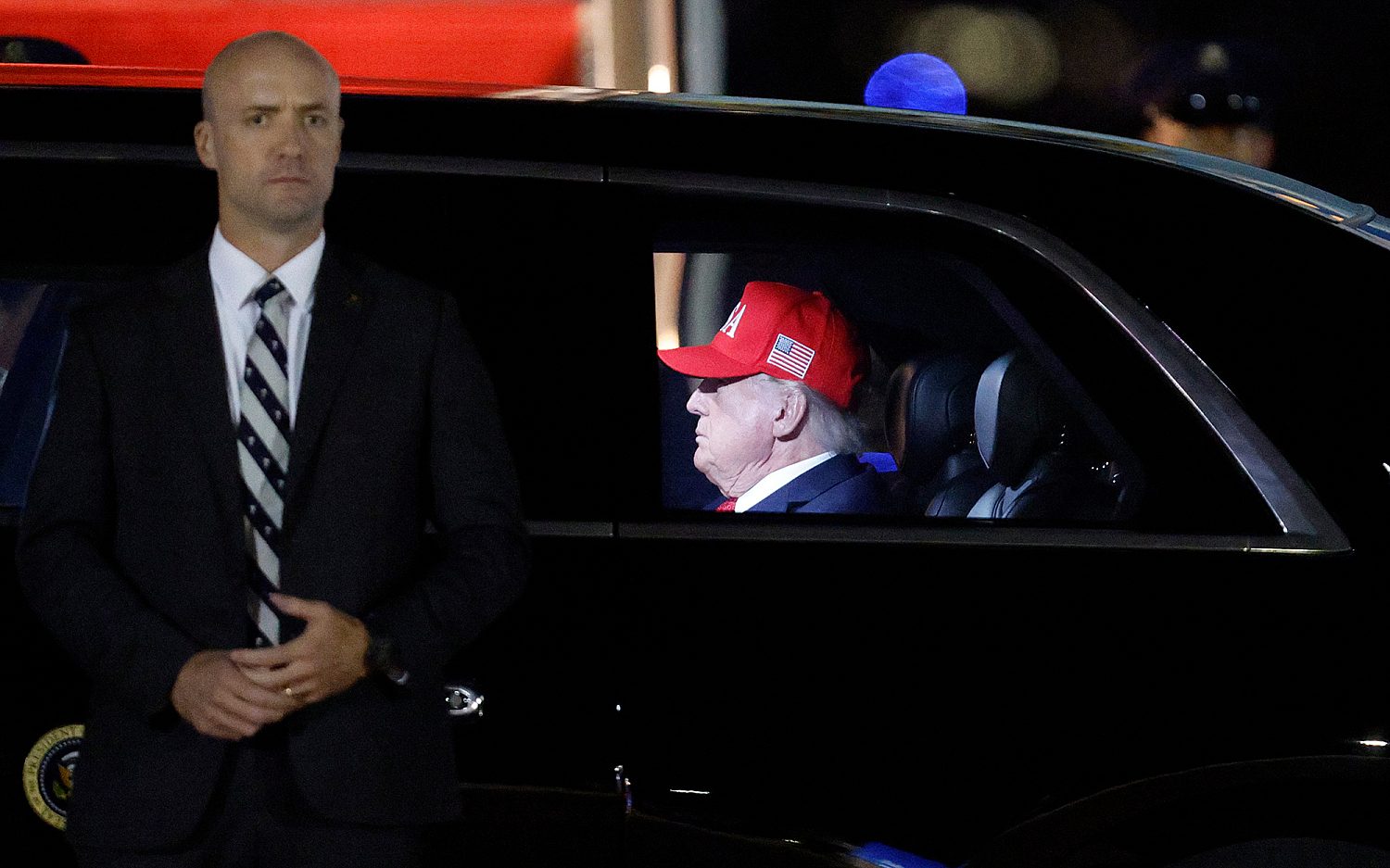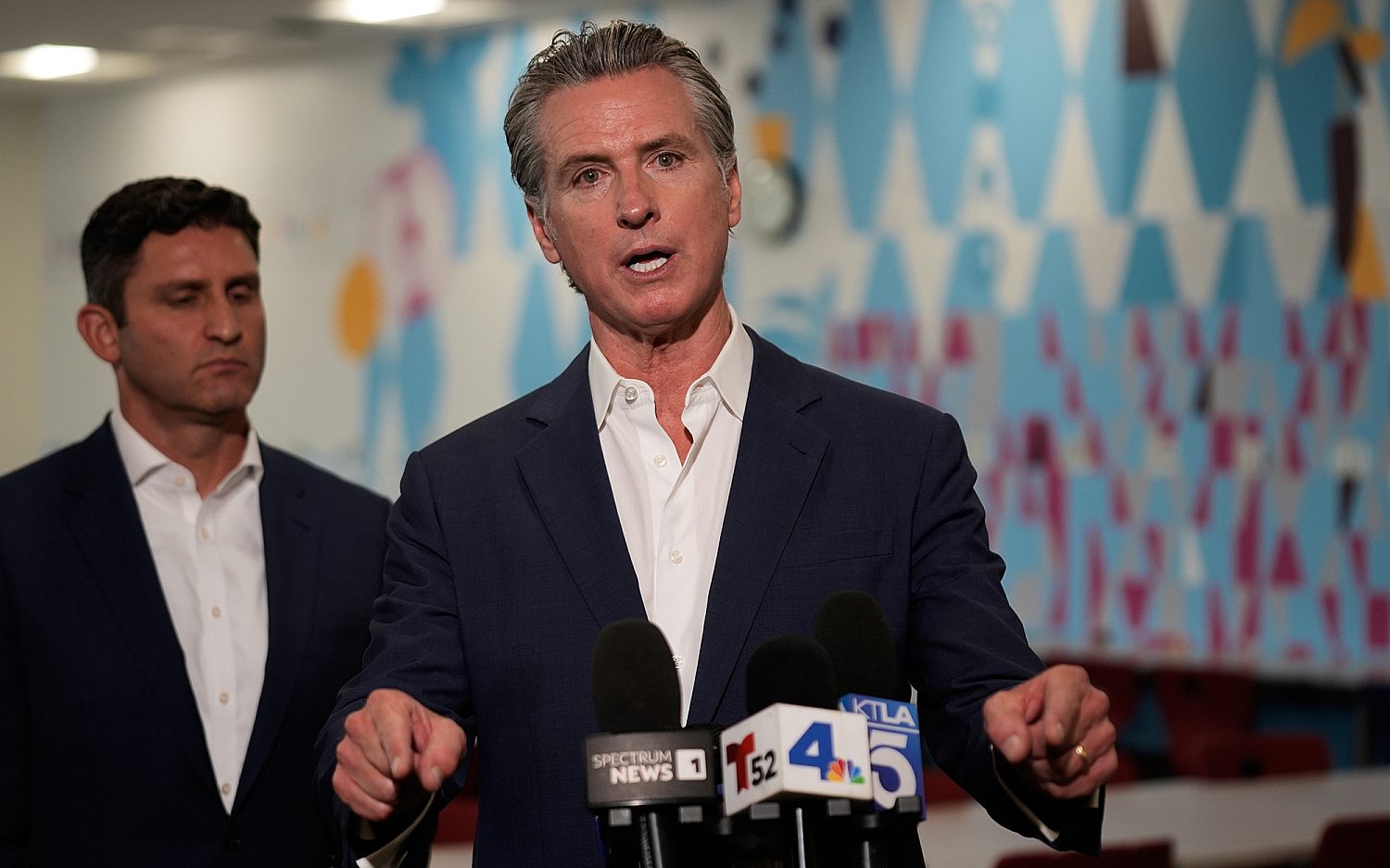Does low enrollment spell the inevitable end of Obamacare?
When the Obama administration rolled out its “affordable” healthcare plan five years ago, many uninsured Americans said, “No, thank you.” Last year, when that translated into a tax penalty averaging $190 per person, 7 million people wrote checks to the Internal Revenue Service for being uninsured.
This year’s penalty for choosing not to buy health insurance is $695 per adult and $347.50 per child—more than double last year’s penalty. Health and Human Services (HHS) Secretary Sylvia Burwell hopes the heftier penalty will help persuade recalcitrant Americans to enroll.
After the 2015 sign-up period ended, 11.7 million people had selected insurance plans from the marketplaces. That number dropped to 9.1 million as many consumers either failed to pay premiums or dropped coverage because of affordability concerns or switching to employer-based benefits.
During a press conference on Oct. 15, Burwell set a target of 10 million people to have paid-up coverage through HealthCare.gov and state exchanges by the end of 2016—a modest increase from the current 9.1 million and just under half the number the Congressional Budget Office originally projected.
“Our target assumes something that is pretty challenging, which is that more than one out of every four of the eligible uninsured will select plans,” Burwell told reporters.
Lower enrollment goals coupled with expensive arm-twisting penalties for not signing up have generated more skeptics, not less.
“If Obamacare is so fantastic, why would it be considered ‘challenging’ for the exchanges to enroll only a quarter of the people eligible for their subsidies?” asked investment analyst Avik Roy.
Supporters of the Affordable Care Act didn’t foresee the largest group of people who remain uninsured would do so by choice. The fact that many still opt out in the face of rising tax penalties remains equally baffling to Obamacare supporters. But the answer is in the numbers.
“Millions of Americans aren’t signing up for Obamacare because they realize it increases their costs and doesn’t help them access the care they need,” said House Speaker John Boehner, R-Ohio.
A flourishing parallel system that serves the uninsured can also discourage sign-ups. Private doctors’ offices typically have lower price lists for cash-paying patients. Those who use them say they’re often reasonable. Hospitals frequently negotiate lower prices on their services, figuring it’s better to receive a lower payment than no payment at all.
Many faith-based clinics offer uninsured and low income patients “quality affordable healthcare,” and continue to expand their services. The Healing Hands Health Center in Bristol, Tenn., provides care exclusively to the working uninsured. Patients make a $10 donation for a doctor visit and $20 to see a dentist. Many do gardening or window washing instead of paying. The center has plans to purchase a larger building.
Christ Community Health Services in Augusta, Ga., recently began a $1.5 million expansion of its building to add physical therapy and dental services for its 17,000 patients. More than half of them are uninsured and have incomes below the poverty level.
Access to affordable services without high-priced health premiums simply makes more financial sense to many. Pollster Mike Perry, who authored the study “Understanding the Uninsured Now,” for the Robert Wood Johnson Foundation, believes healthcare holdouts make a calculated decision to opt out.
“They’ve done the math” and decided it’s cheaper to opt out, he said.
Among the health insurance holdouts is Teasa Lappin of Texas. Lappin, an administrator for an insurance agent, told The Wall Street Journal she tried to maintain payments on a $316-a-month health plan with a $6,000 deductible. She emptied nearly all her savings before she stopped paying.
“I was digging deeper and deeper in a hole,” she said. “What I have to do is pray a lot and pay a lot.”
The Affordable Health Care Act has survived several website calamities and two challenges in the U.S. Supreme Court. But even if the Obama administration makes its 10-million-person goal this year, its future remains in question.
“Enrollment of 10 million people is not sustainable,” said Robert Laszewski, a consultant who works with insurance companies. “You need almost twice that number to have a viable pool of policyholders with enough healthy people to pay for the sick.”
The Associated Press contributed to this report.
An actual newsletter worth subscribing to instead of just a collection of links. —Adam
Sign up to receive The Sift email newsletter each weekday morning for the latest headlines from WORLD’s breaking news team.




Please wait while we load the latest comments...
Comments
Please register, subscribe, or log in to comment on this article.